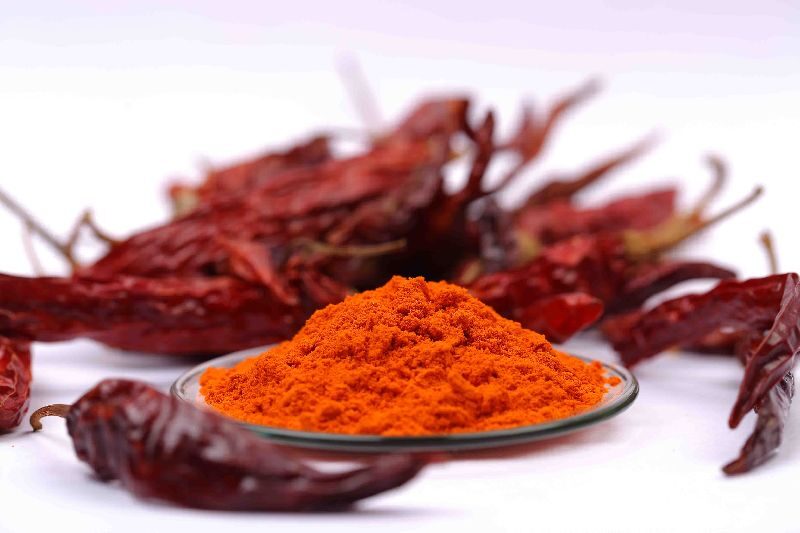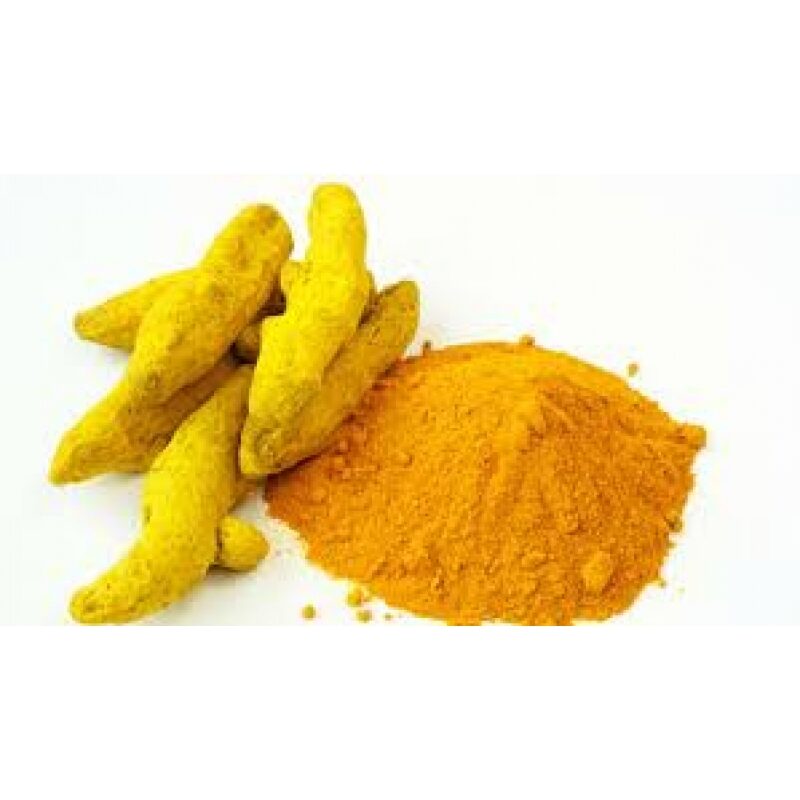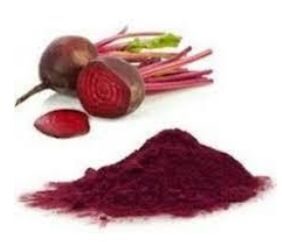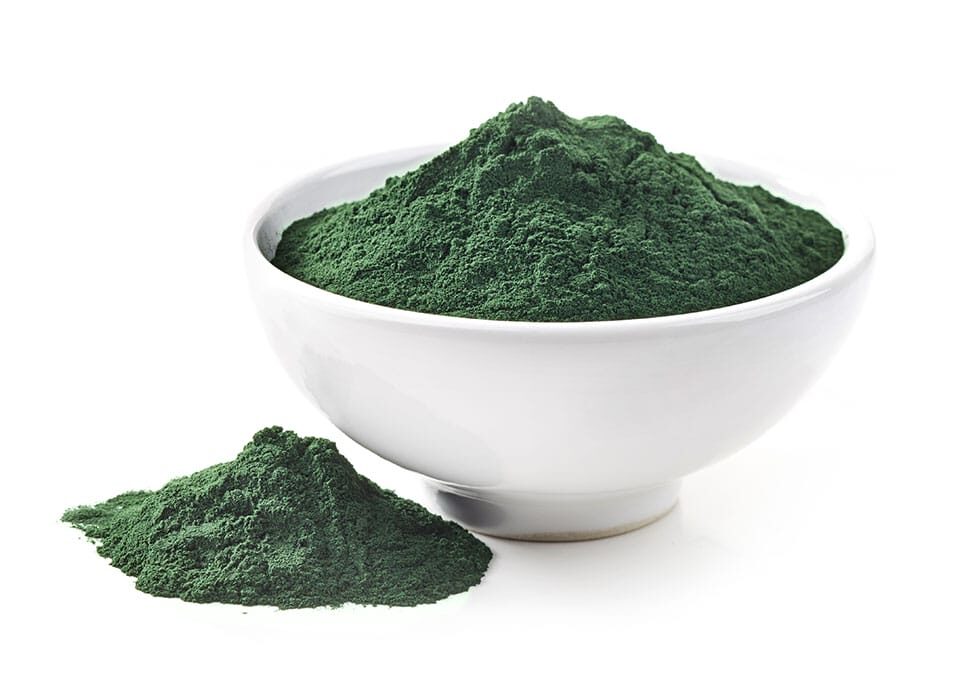Natural food colors are pigments derived from natural sources such as fruits, vegetables, plants, and minerals. These colors are used to impart or enhance the color of food and beverages, replacing synthetic food dyes with ingredients sourced from nature.
Some common sources of natural food colors include:
-
Anthocyanins: Found in fruits such as berries, cherries, and grapes, anthocyanins provide red, purple, and blue hues.
-
Beta-Carotene: A pigment found in carrots, sweet potatoes, and pumpkins, beta-carotene provides orange and yellow colors.
-
Chlorophyll: Found in green leafy vegetables such as spinach and kale, chlorophyll imparts green color.
-
Turmeric: Derived from the root of the turmeric plant, turmeric provides a vibrant yellow color.
-
Beetroot: Obtained from the beetroot vegetable, beetroot extract offers a natural red color.
-
Saffron: Derived from the saffron crocus flower, saffron provides a golden yellow color.
Natural food colors are favored by consumers who seek cleaner labels and prefer products made with natural ingredients. They are commonly used in various food and beverage applications, including baked goods, confections, dairy products, beverages, and snacks.
Benefits of natural food colors include:
-
Clean Label: Natural food colors align with consumer preferences for clean labels, as they are derived from natural sources and do not contain synthetic additives.
-
Health Perception: Many consumers perceive natural food colors as healthier alternatives to synthetic dyes, particularly for products marketed towards children.
-
Sustainability: Natural food colors often have a lower environmental impact compared to synthetic dyes, as they are derived from renewable plant-based sources.
-
Wide Range of Colors: While natural food colors may not offer the same intensity and range of colors as synthetic dyes, advancements in extraction and formulation techniques have expanded the available color palette of natural options.
-
Stability: Natural food colors can provide stability in various food applications, including pH-sensitive products and those exposed to light and heat.
Despite their advantages, natural food colors may have limitations in terms of stability, color intensity, and availability of certain hues compared to synthetic dyes. Additionally, they may be more expensive than synthetic options due to the complexity of sourcing and extraction processes.
Overall, natural food colors play a significant role in meeting consumer demand for clean label products and are increasingly used by food manufacturers seeking to provide natural and visually appealing products.



